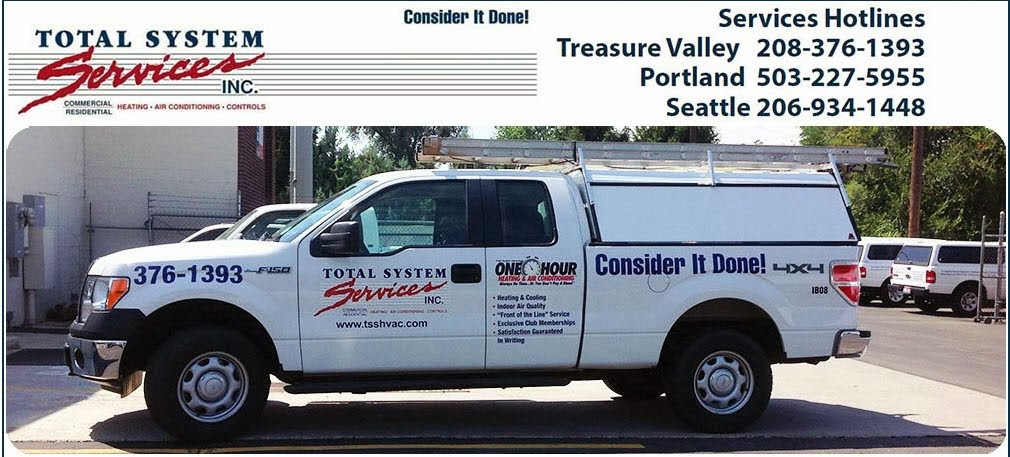Managing a property takes a lot of work. Every day
presents its own
unique challenges, and you never know what may transpire
when you show
up for work in the morning. One day it could be working
with tenants,
solving their problems. The next you could completely
switch gears,
getting your hands dirty with repair work in the
building.
While you’ll never lack the opportunity of a challenge,
you will have
some things that will be easier to solve than others. As
a property
manager, you probably have a wide array of help at your
fingertips,
ready to be called upon for any type of problem that
comes your way.
That may include a general commercial contractor that can
do a variety
of different tasks, ready to work on any small problem
that presents
itself throughout the day.
The great thing about having a general contractor on
staff is their
ability to do just about anything. They can repair a hole
in the wall
one day, and make a plumbing correction the next. They’re
generalists,
which is important to have when you have so many needs.
HVAC systems – can be putting the overall health of your
building at
risk. Think of it in a similar manner to the world of
medicine. Your
generalist can speak with you on most issues, even inform
you when a
problem needs further investigation. But he would never
give you advice
on your heart in the same way a cardiologist would
because he doesn’t
have the tools or the knowledge to do the job correctly.
When you sign a maintenance contract with a commercial
HVAC contractor,
they can provide many things:
Complex service for a complex system
Increasingly HVAC systems are becoming more complex. Not
only does the
technology change at a rapid pace, but it also requires
the knowledge of
what laws, policies and best practices are in place to
ensure your HVAC
is up to code. With an increased demand for greener
systems, the
requirement for more routine preventative maintenance is
also
increasing. Because a general contractor doesn’t stay up
to date on the
latest happenings in the industry, they may miss out on
some of the
latest advancements that not only can make your building
a better place
to work, it can also help you run as efficiently as
possible.
More advanced licensing and training
Like many different service industries, the HVAC field
requires proper
certification for certain repairs and installations. And
for some
equipment, if someone doesn’t have proper certification
and training and
works on the equipment anyway, it may make the warranty
null and void.
General contractors do have their own set of licensing
requirements, but
usually they don’t go into great detail in any one
industry. Which means
they may not be qualified to undertake certain procedures
required to
keep your equipment in good working condition.
Early diagnosis means less repair
If you catch a problem early enough, it won’t grow into a
monumental
problem. That rule can hold true in a variety of areas,
especially your
HVAC system. A heating and air conditioning professional
understands
where small problems begin. They know the key to regular
maintenance,
what to stay on top of, and what to service and repair
long before it
shows itself as a problem. In short, they can repair
things long before
you would even realize they are becoming a potential
problem. They can
also diagnose and identify issues early, which will help
you avoid
costly repairs down the road as they grow into bigger
problems.
Anticipation can help you save
One of the best parts of having a regular maintenance
contract with a
HVAC professional is it allows a contractor to know your
system, inside
and out. They visit regularly and understand when things
need
adjustment. They have access to parts that may be
difficult to find, and
can have things on hand when they know what your system
requires on a
regular basis. They can avoid potential devastating
system failures by
anticipating issues, and repairing them before they grow.
While you
could be waiting days for a general contractor to
diagnose a problem,
order the parts, and learn how to install them correctly,
a professional
HVAC contractor can have the problem diagnosed and solved
in hours.
Clearly as a building owner or manager, you have two
choices in keeping
your building as efficiently run as possible. If you
don’t have a
maintenance contract in place, you could be at a
disadvantage. If you’re
ready to learn more, give us a call today.




